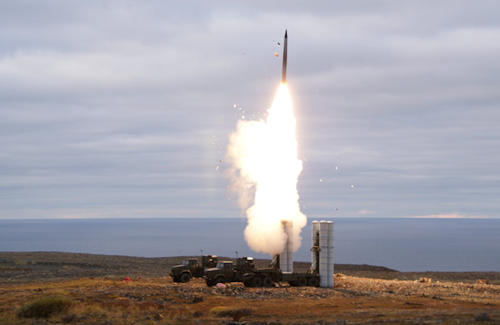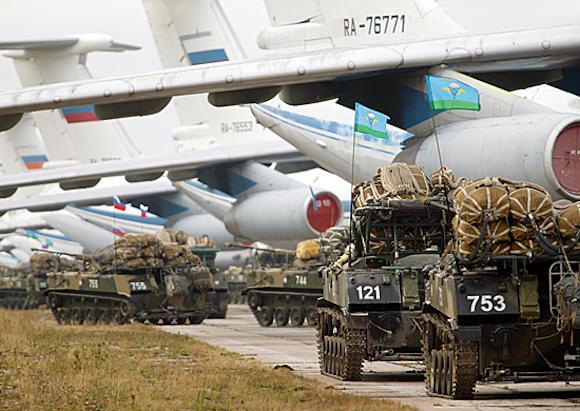For the first time, Moscow has activated the integrated national air defense system. The network in the Caucasus, Crimea and central Russia formed by early warning radars and anti-aircraft missile systems S-300, was activated on 25 last August, during an operational test. According to the Izvestia newspaper, the interaction of all the assets involved worked correctly, although problems were detected in the management software, as pointed out by the Russian Ministry of Defense.
The missile network interfaced with the National Defense Management Coordination Center and the Russian Missile Forces Command. A massive layered enemy air raid carried by conventional aircraft was simulated, so no XNUMXth generation platforms, drones and cruise missiles.
It should be noted that the Russian integrated system was designed for both defense and attack, considering that the S-400 (photo on the right), in service with the Russian Armed Forces since the April of 2007, can also be used against targets land. This is the first piece of the imposing Collective Security Treaty Organization which provides for the unification of regional air defenses, currently based on S-300, with Armenia, Belarus, Kazakhstan and Tajikistan.

If the situation requires it, the Russians could deploy the S-350 Knight in the CSTO countries.
Unlike the current S-300, the new S-350 launch vehicle carries 12 missiles in two variants. The standard S-300 carries only four. The S-400, on the other hand, was designed specifically to intercept Western stealth threats. Phase two involves the unification of the systems and their adaptation to standard operations. This will allow the creation of an air defense system throughout the CSTO space.
Main asset of the 25 exercise last August was the S-300, defense system based on the 9M82M / 9M83M interceptor, designed for tactical defense against broad spectrum targets such as ballistic missiles, aircraft and helicopters. The missiles rely on an inertial system with half-way radio updates, while in the terminal phase on a semi-active radar.
S-300 are considered immune to most Western ECM countermeasures. Once online, they do not require maintenance for at least ten years.
(photo: Russian MoD Fed archive)












